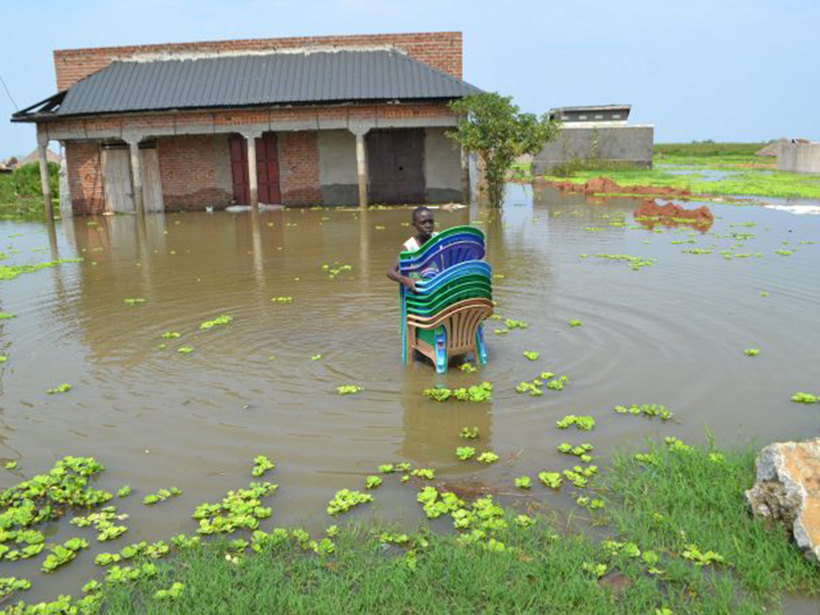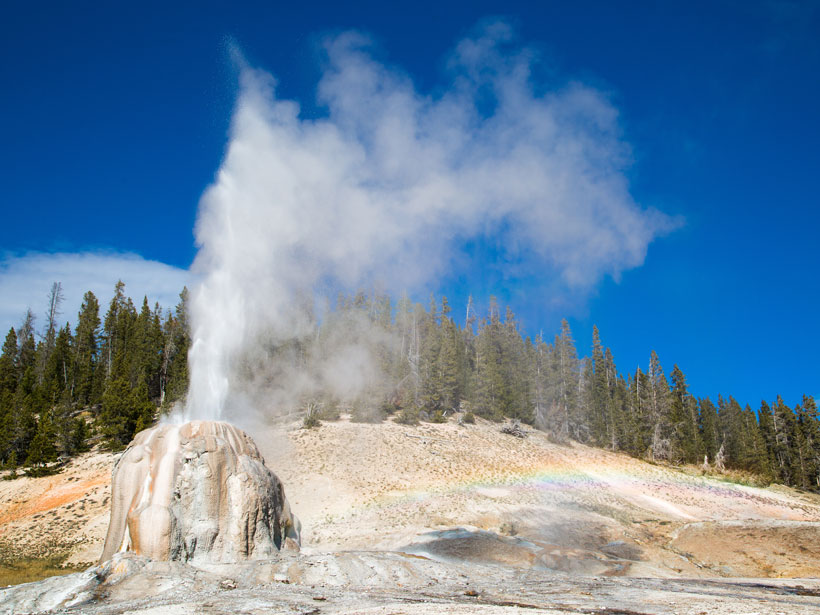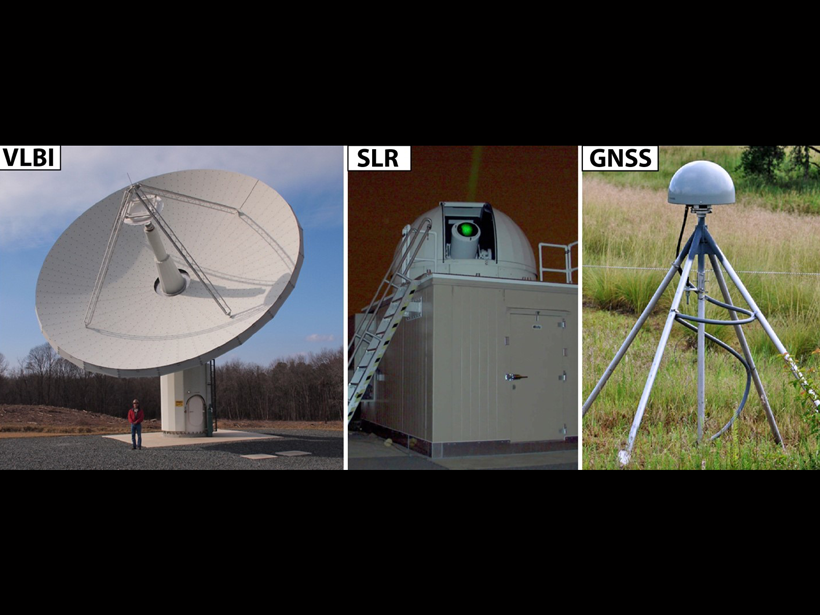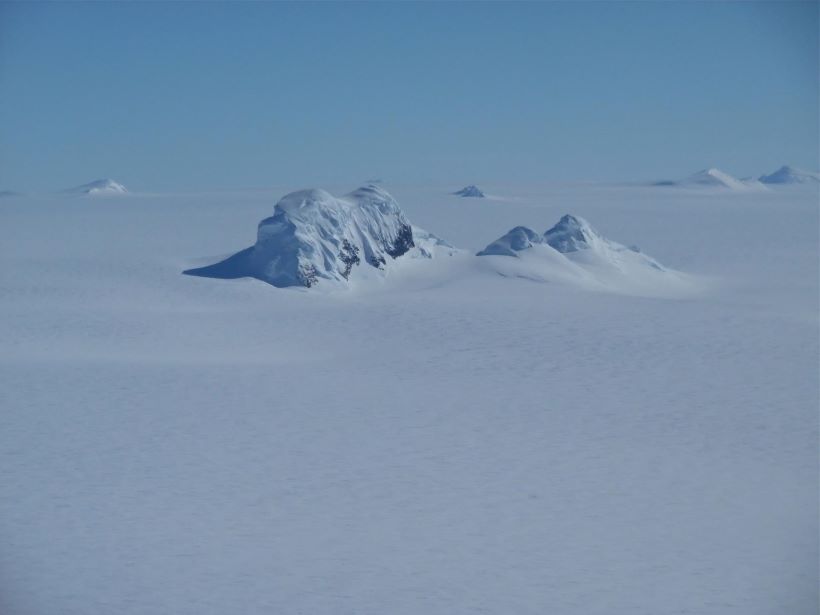New thermochronology data and thermal history modeling from the Canadian Shield show that the Great Unconformity formed there later than elsewhere in North America and may represent another event.
2021 CC BY-NC-ND
Brazil’s Antarctic Station Rises from the Ashes
The sophisticated new research station will allow for better science on the icy continent.
Soil Saturation Dictates Africa’s Flood Severity
The most complete hydrological data set for the African continent reveals a surprise: Soil moisture, not heavy precipitation, best explains the timing of Africa’s most severe floods.
Why Study Geysers?
Aside from captivating our senses, geysers have much to tell us about subsurface fluids, climate change effects, and the occurrence and limits of life on Earth and elsewhere in the solar system.
Understanding and Anticipating Induced Seismicity
A new special collection in JGR: Solid Earth and Earth and Space Science seeks papers from across disciplines that provide insights into induced seismicity at different spatial and temporal scales.
Evolving the Geodetic Infrastructure
Enhancements to the largely invisible framework will enable researchers to investigate pressing questions about our planet’s future.
SnowSchool Spans the States
The nonprofit, donation-fueled program engages K–12 students by combining the fun of playing in snow with the science of the cryosphere.
Exploring the Dramatic Shift in Ice Age Duration
Scientists are still seeking an explanation for the Mid-Pleistocene Transition when ice ages became longer in duration and exploring what it may mean for future climate change.
Code-Switching and Assimilation in STEM Culture
The scientific community cannot claim it is becoming a diverse and inclusive culture based on numbers alone—not if professionals who are Black, Indigenous, and People of Color must leave themselves behind to be part of it.
El universo de Dune inspira la nomenclatura de Titán
En todo el sistema solar, la ciencia choca con la ciencia ficción en formas literarias.










